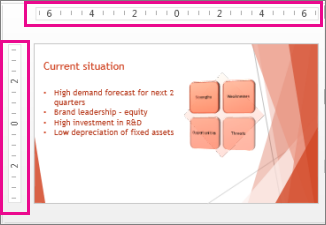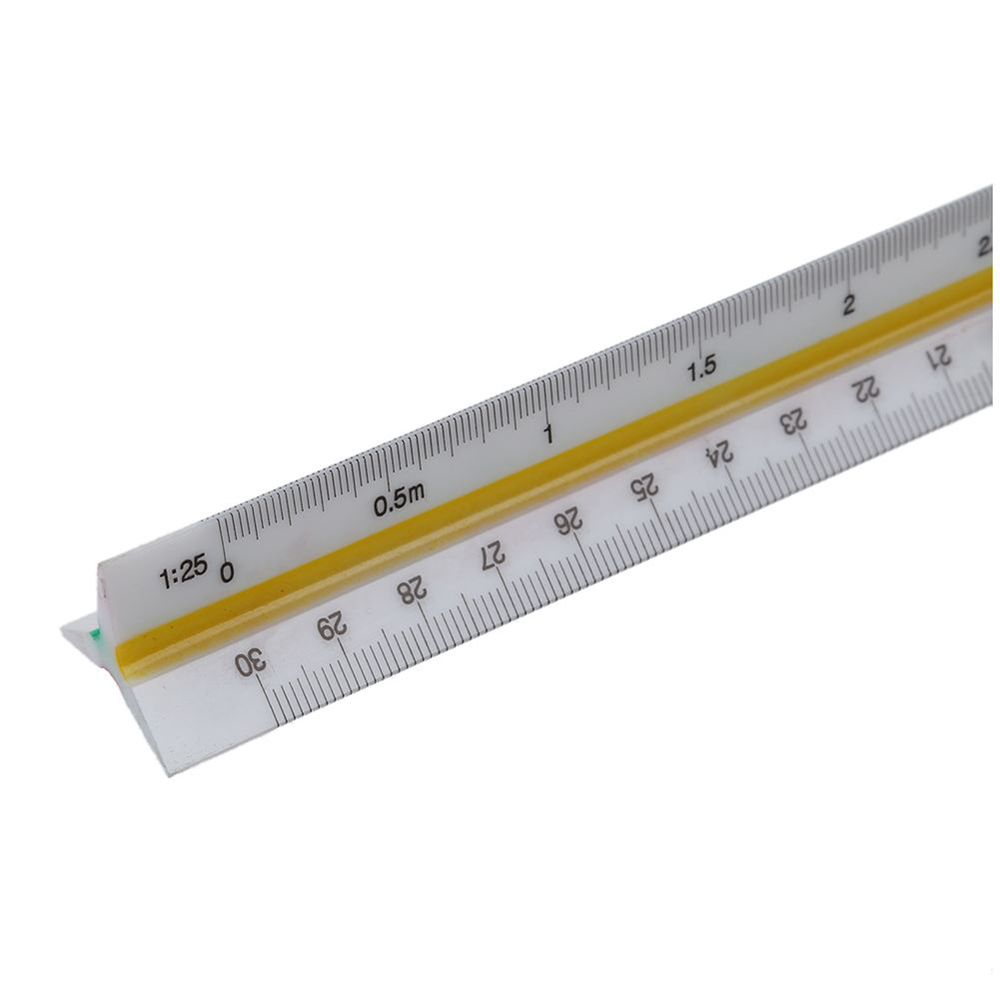

The corresponding D value is approximately 4.2. Slide the cursor to 7.4 on the second K scale.(Alternatively, count the scales five times: 1–2–3–1– 2.)

Since the remainder is 2, use the second scale.

The process for finding cube roots is very similar. For example, 1/8 on the ruler is in fact a scale that converts 1/8 inch on the drawing to 1. Once the scale of the drawing has been ascertained, select the correct scale on the ruler. Use a similar process on the K scale to find cube roots. Before using an architect's scale or ruler, it is important to know the scale of the drawing or item that is being measured. If "2x4" doesn't come to "8", try the scales on the other side of the slide rule instead. It is suggested you try a few simple multiplication problems to verify that you are using the correct scale as described in the article. Whatever the designating letter, these scales often have the Pi symbol marked at the suitable place and are almost always the two scales opposing each other on the slides, either the upper or lower gap. One some slide rules the scales used for multiplication are marked "A" and "B" and are on the top. Note that slide rules vary, so the scales marked "C" and "D" on your slide rule may not be the same as those described here.The C| and D| scales are the same as the C and D scales, but read right to left.The K scale is a triple decade scale, or three stretched rulers stacked end-to-end. Each scale on the slide rule should have a letter or symbol identifying it, printed to the left or right.Each one has two smaller stretched rulers stacked end-to-end. The A and B scales are "double decade" scales.The C and D scales each look like a single stretched out ruler, reading from left to right.This guide will assume your slide rule uses the most common notation: X Research source Each scale on the slide rule should have a letter or symbol identifying it, printed to the left or right.


 0 kommentar(er)
0 kommentar(er)
